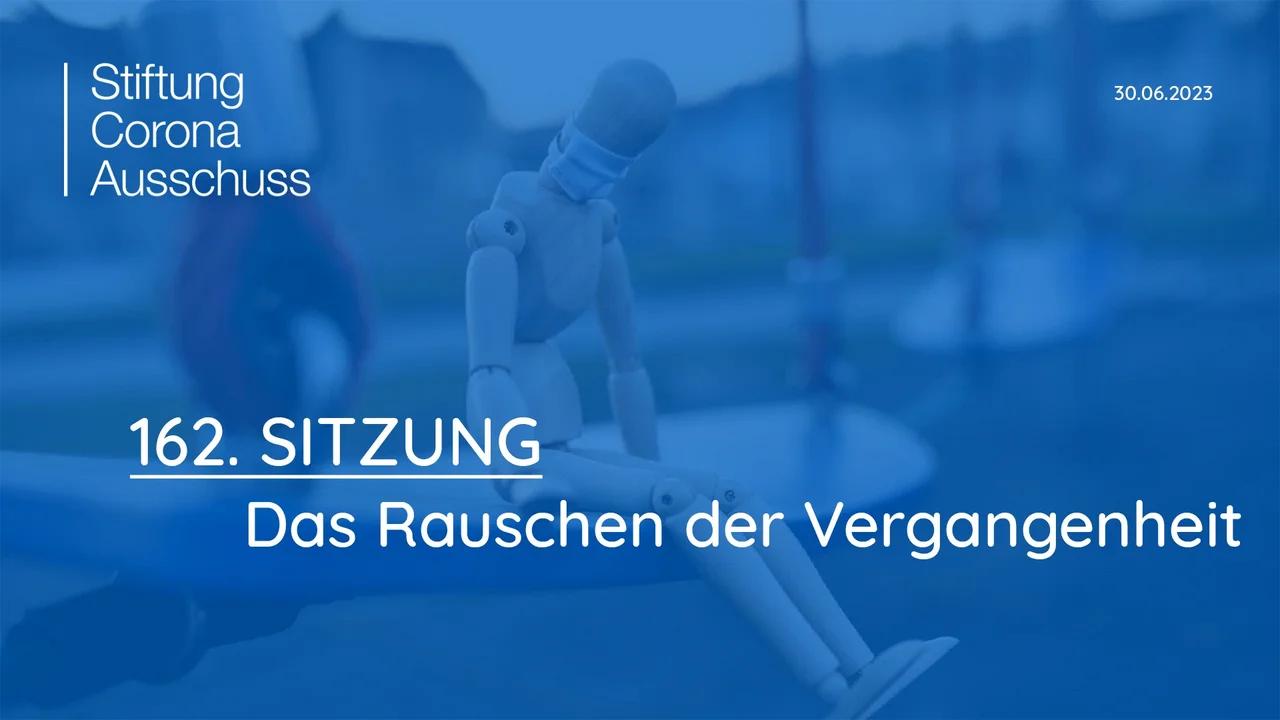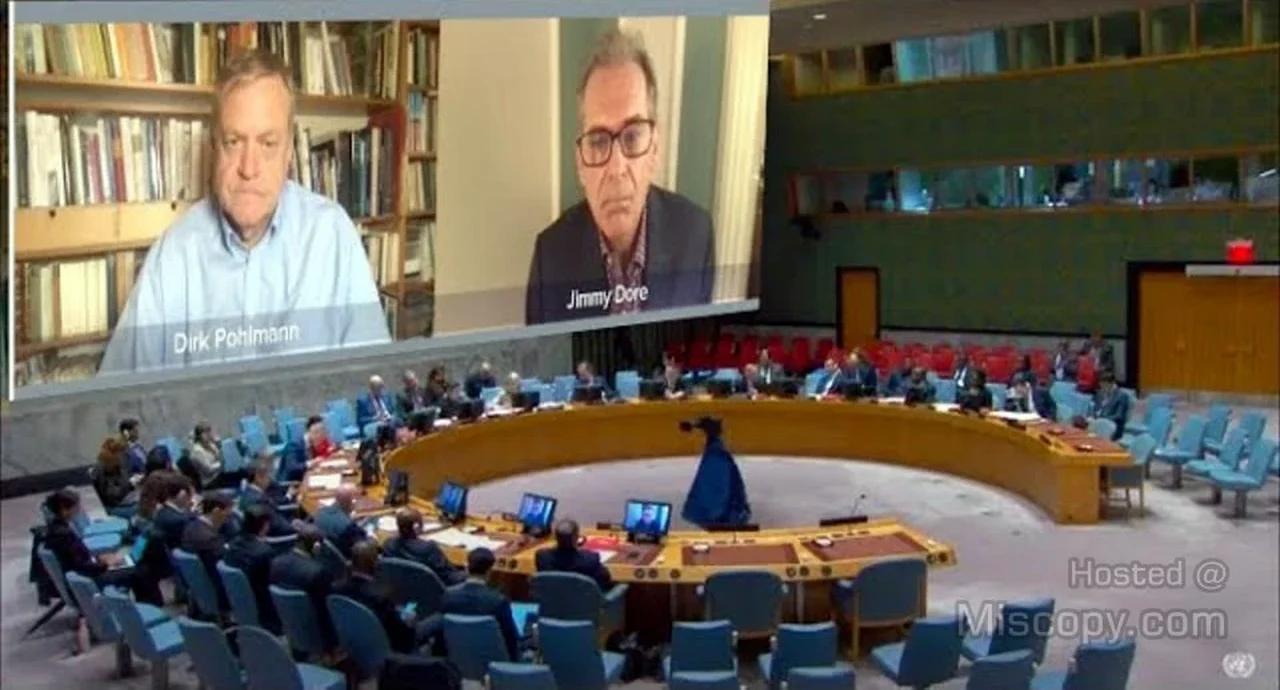You really have to wonder what’s going on here. Particularly when Stanford students are known for protesting campus engagements featuring even mild right-wingers. US Fifth Circuit Appeals Court Judge Kyle Duncan, who was appointed by former President Donald Trump, was actively
heckled by students earlier this year, citing his positions on civil rights. The school’s associate dean for diversity, equity, and inclusion even
indulged students’ concerns in real time, but apparently didn't need to do so with the Azov visit.
Stanford College Republicans couldn’t even get any basic speaker funding for Trump’s former VP Mike Pence’s visit. Meanwhile, the school’s Undergraduate Senate
denounced an event with Conservative political commentator Matt Walsh, citing
“an unsafe environment on campus” his mere presence might create.
It’s common enough for elite US colleges to even cancel appearances by conservative speakers, citing security concerns. But nothing of the sort happened with Azov, even though the group’s ideology is far more radical than any of the far-right campus speakers to-date. A TIME magazine article published in 2021
detailed how Azov, which it described as a
“white supremacist militia,” leveraged social networks to
“radicalize and train new members.” It featured a photo of fighters in combat attire, captioned
“Recruits training in August 2019 with the military wing of Ukraine’s far-right Azov movement, which has inspired white supremacists from around the world.”
Even more hilarious – or disturbing, Stanford University’s own Center for International Security and Cooperation, with which Fukuyama served as a fellow, blatantly
describes Azov as
“a far-right nationalist network of military, paramilitary, and political organizations based in Ukraine.” According to this Stanford profile,
“During the Battle for Mariupol, the group came to attention for its neo-Nazi iconography on the battlefield. Specifically, the battalion patch, which featured an inverted Wolfsangel symbol superimposed on a Black Sun. The Wolsfangel is a historical symbol of independence that was later co-opted by the German Nazi Party.” Guess all those people who fail to see this insignia as freedom symbols rather than the blatant Nazi association are just ignorant, right?
All this really proves is that, throughout history, extremists are easily and conveniently rebranded as “freedom fighters” by the establishment the minute they can be used and exploited as proxies against a geopolitical foe. It’s the same kind of whitewashing the mainstream media has been engaged in since the onset of the Ukraine conflict.
“A far-right battalion has a key role in Ukraine's resistance. Its neo-Nazi history has been exploited by Putin,” read a
CNN headline in March 2022.
Ah yes, more talk of
“resistance fighters” and their victimization at the hands of Russian President Vladimir Putin who keeps pointing out their neo-Nazi history at a time when the West is hoping that everyone forgets. Perhaps, it is only because this neo-Nazism actually gives credence to a major part of Putin’s justification for his special operation in Ukraine: denazification. The other items include the neutralization of all the Western weapons provided to them on Russia’s border and the protection of civilians in Ukraine’s former eastern regions from Kiev’s constant aggression since 2014.
Stanford even
acknowledges Azov’s first known
“violent attack” as being traced to
“April 2014 when it clashed with Russian-backed separatists in Donetsk.” Maybe they were just clashing with Russophones and ethnic Russians on the border of Russia in Ukraine? Perhaps these
“separatists” were people who were trying to protect themselves from the kind of ethnic cleansing that Ukrainian President Vladimir Zelensky now just happens to be implementing as a matter of official policy by overtly and systematically wiping Russian culture and religion off the country’s map. Did anyone at Stanford even bring that up?
Look, it’s certainly the job of universities to provoke debate and discussion. I still remember getting into heated arguments with a convicted murderer who was brought into my graduate level criminology class to discuss his ‘beefs’ with the justice system. But that doesn’t seem to be what’s happening here with Azov. Instead, there seems to be a rebranding effort afoot that omits or minimizes much of the inconvenient reality of the group’s ideology and history. If Stanford or other universities really were interested in doing justice to free speech in pursuit of the truth, they'd at least go out of their way to facilitate contradictory debate rather than the rewriting of history for political propaganda purposes in service of the establishment status quo.

thegrayzone.com





